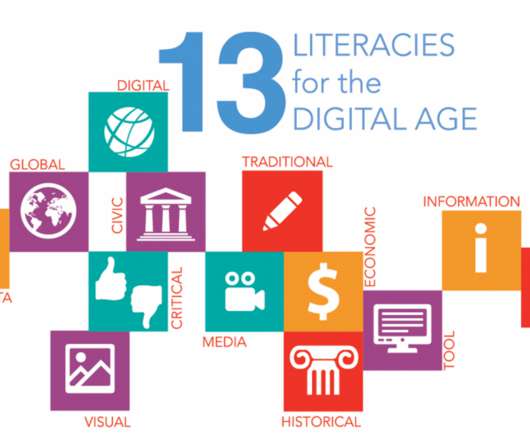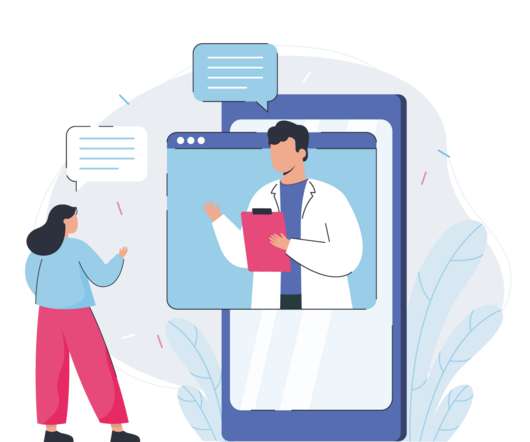Consumers’ Embrace of Digital Health Tech Stalls, and Privacy Concerns Prevail – Accenture’s 2020 Research
Health Populi
MARCH 10, 2020
Department of Health and Human Services unveiled the long-anticipated ONC Cures Act Final Rule for health data interoperability. That’s a wonky phrase that translates, simply put, into how our health data will be made available to us patients, consumers, health plan members, caregivers all.













Let's personalize your content